A German spotlight manufacturer, ERCO, has issued a public call for the lighting design industry to shift from luminaire efficacy (measured in lumens/Watt) to the “effectiveness of the light in the space” (aka “delivered efficacy,” measured in lux/Watt or foot-candles/Watt).

If the lighting design community adopted this approach and metrics, it would begin judging the efficiency of a luminaire by how well it puts light where desired rather than how efficiently it emits light. This isn’t a completely new idea. At the LED chip level, it’s long been promoted that higher lumen density (lumens/light emitting surface) leads to higher “optical control” and higher delivered efficiency. The principle is the same at the luminaire level. This is why there has long been a push for higher output point sources from smaller and smaller emitting areas/sources.
Center beam candle power (CBCP) describes the ability of a luminaire/source to deliver brightness to a location, but it doesn’t describe the efficiency of delivering that brightness. Lx/W (metric system) or fc/W (English units) would describe delivered efficacy of a luminaire.
ERCO is also publicly calling for “a general movement towards the illumination of vertical surfaces over the floor.” This is increasingly being advocated by thought leaders in lighting design, as much work has moved from paper and physical items to digital & vertical computer screens. Of course, as in all things, application matters. ERCO adds, “Historically, walls haven’t been prioritized, although the latest version of the European indoor lighting standard EN 12464-1 now takes it more seriously.”
ERCO further argues that their spotlight uses lower lumen/W, high-powered, small chips that achieve higher lx/W than a COB+reflector combination because the COB+reflector wastes significantly more light.
From the company’s press release:
“ERCO spotlights, by contrast, use lens systems [paired] with single high-powered chips. This tiny but bright point of light is much easier to control into a narrow beam of effective light. ERCO mounts the chips themselves into their own printed circuit boards before pairing them with a bespoke lens design.
Although this construction has nominally lower lm/W values, it brings up to 20 percent more light to the target surface compared to rivals. This means that [designers] who only look at the lm/W values on a luminaire‘s technical data sheet are giving away the potential for sustainable lighting focusing on more light on the target area as well as for energy savings.”
ERCO also points out this can significantly reduce glare, which in many cases is wasted light (spill light). The full ERCO press release can be found here.

Example of lighting walls (vertical plane) rather than floors (horizontal plane).






You must be logged in to post a comment.